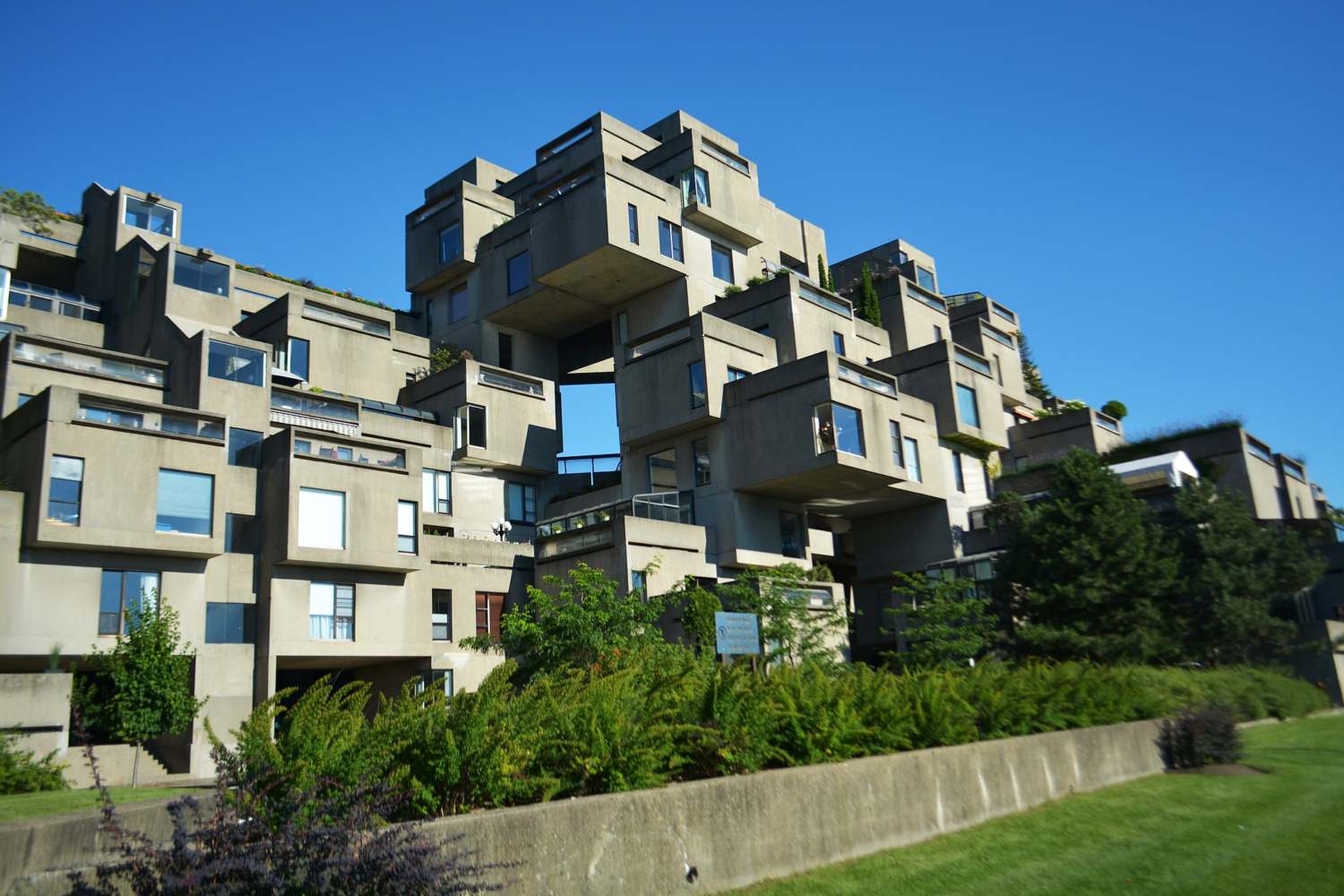Visions of home
Australia, Canada, Britain and New Zealand can find unity in their visions for social housing, writes Owen Hatherley
Britain‘s old white settler colonies – ‘the dominions’ as they were termed – have had a minor renaissance in right-wing thinking over the last few years through the idea of a ‘CANZUK’ union of Canada, Australia, New Zealand and the United Kingdom. This would be a jet-connected free-market reunion of the mother country with what one historian called the ‘neo-Britains’.
Yet if these countries were forged in Britain’s image, this also extends to their left. None has had an explicitly socialist mass party, but they have had strong ‘parties with socialists in them’, to paraphrase Tony Benn: Labor in Australia, Labour in New Zealand, and the New Democratic Party (NDP) in Canada. Each has built some form of welfare state; each has a free-market Blairite wing that is influential to varying degrees; each is founded upon a link to the trade unions; and each has governed at length – though the NDP only at province level.
Right now, outside Britain each Labourist party is in government, or rather, in the Canadian case, in a confidence-and-supply agreement with the ruling Liberals. Today, big cities in each of these countries face a historic crisis of access and afford-ability in housing. Whether in Montreal, Auckland or Melbourne, housing is more insecure and expensive, and homelessness has risen sharply. Is there anything in our shared political tradition that could help solve that crisis?
In two of these countries – Canada and Australia – the market has always dominated housing supply, but there have been exceptions. In the 1960s, Canada emulated the mixed developments of the London County Council, like the demolished Regent Park in Toronto or the more successful Habitations Jeanne-Mance in Montreal. Australian states and cities built much low-rise housing, and more notoriously, Sydney and Melbourne built big inner-city high-rise estates in former ‘slums’ like Redfern and Fitzroy. New Zealand has the most impressive record, with massive construction of usually detached, sprawling ‘state houses’ in the 30s and 40s by its influential Labour government. Some aesthetically daring inner-city housing was designed by antifascist Central European exiles, such as Ernst Plischke and Frederick Newman.
That tradition has not been maintained. Not everywhere has gone in for the widespread privatisation seen in Britain or the massive demolitions of public housing seen in Chicago, but in every case non-market housing construction stopped in the 70s, just as in Britain.
Surviving estates have undergone significant changes. Some have become more diverse and lively; places that were originally considered bleak, like Atherton Gardens in Fitzroy, Melbourne, are now full of street life and community organisations.
In somewhere like Auckland where state housing always went further and deeper, 1960s allocation policies with their complicated legacy mean some estates are mainly Maori and others are overwhelmingly Pakeha (white).
Canada’s last great state-funded experiment, the concrete village of Habitat ‘67 in Montreal, is today a luxury enclave that does not welcome visitors. Similarly, the most iconic public housing complex in Australia, the space-age Sirius apartments in Sydney, is being transformed into expensive private flats, emulating the similar clearance and sell-off of Balfron Tower in London or Park Hill flats in Sheffield.
There have been some signs of life. Melbourne’s two recent ‘Council House’ eco-building projects, one a housing development in the inner suburbs and one a municipal office block, show that the local state can still create innovative and egalitarian spaces.
Unfortunately, the idea that supply alone will solve the problem remains popular, and is behind the massive construction of private high-rises in cities like Melbourne, Auckland or Vancouver, based on the notion that letting the market rip will make housing affordable. It hasn’t.
However, there is some awareness that each country has a useable past of taking housing out of the hands of developers and landlords. Jacinda Ardern has praised the state housing estates of the Austrian emigre Frederick Newman as a potential model for the future; and a new law in Montreal mandates that developers build social housing. But why not let public bodies do it themselves?
Ironically, the notion of getting developers to perform social roles is now being rejected in its former heartland, London, which has seen more council housing starts under Sadiq Khan than at any time since the early 1980s.
Looking at the ‘CANZUK’ zone from the left, rather than the right, some of the affinities are more obvious than others – culture wars, post-colonial nostalgia, and the dominance of free-market ideas in public life. But these countries also shared in the 20th century a willingness to intervene in housing, in those places and people for which the market patently did not provide.
There is an increasing awareness within this alleged trans-global free-market union in waiting that the market has not managed to provide everyone with a decent, affordable home. But in the return of council housing within London, maybe there is something the left in Canada, Australia and New Zealand can learn from Britain for once.
Image credit: ProtoplasmaKid, CC BY-SA 4.0 via Wikimedia Commons

